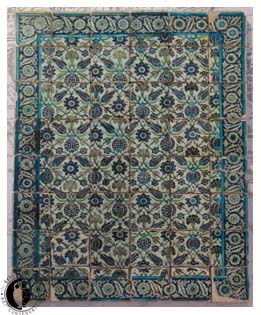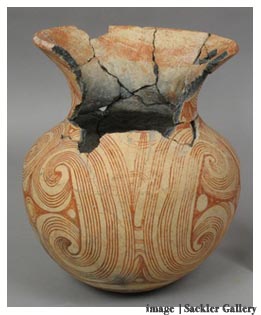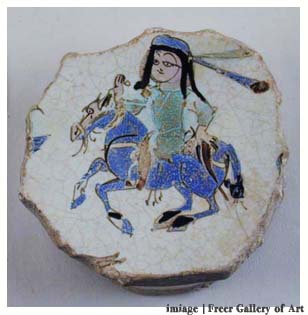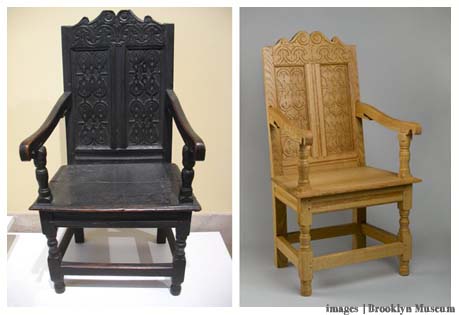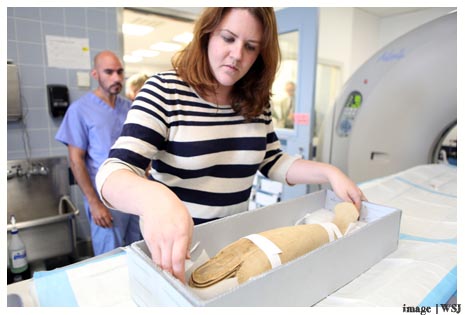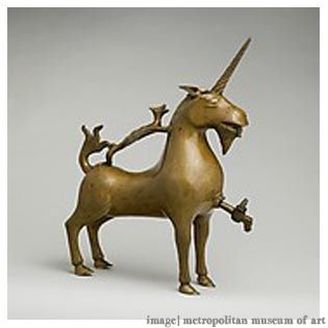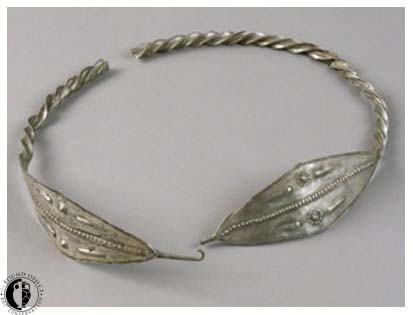The following list includes selected treatments and projects, including those that have been published in exhibition catalogs, professional conservation publications or websites. Select an image below to see detailed treatment photographs for each project.
Additional examples of conservation treatments are available upon request at info@the-foundobject.com
Additional examples of conservation treatments are available upon request at info@the-foundobject.com
All images and content of this website are property of Kerith Koss Schrager or credited owner.
They may not be copied or disseminated without direct written consent.
They may not be copied or disseminated without direct written consent.
